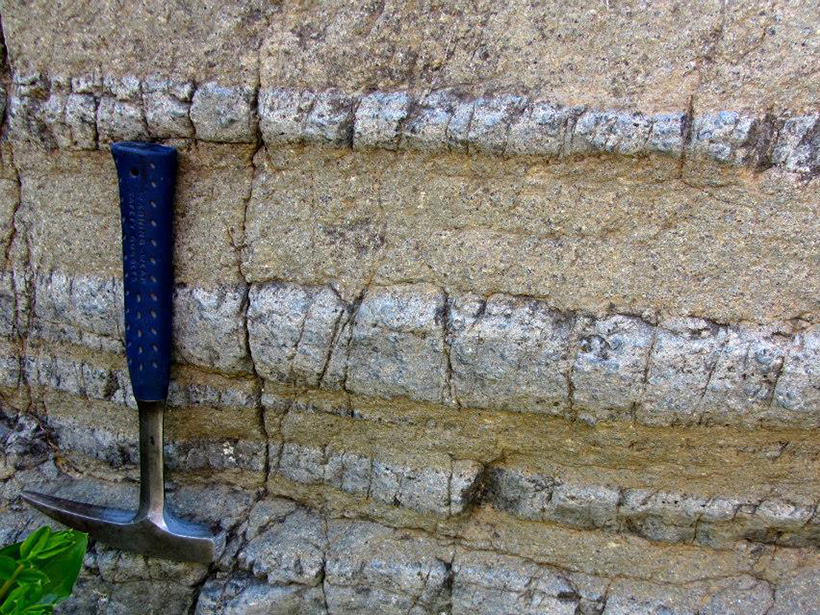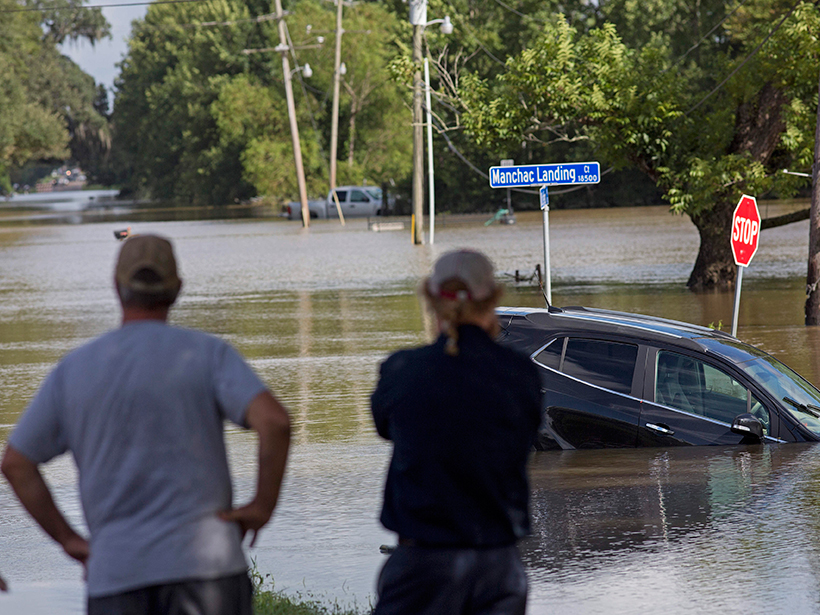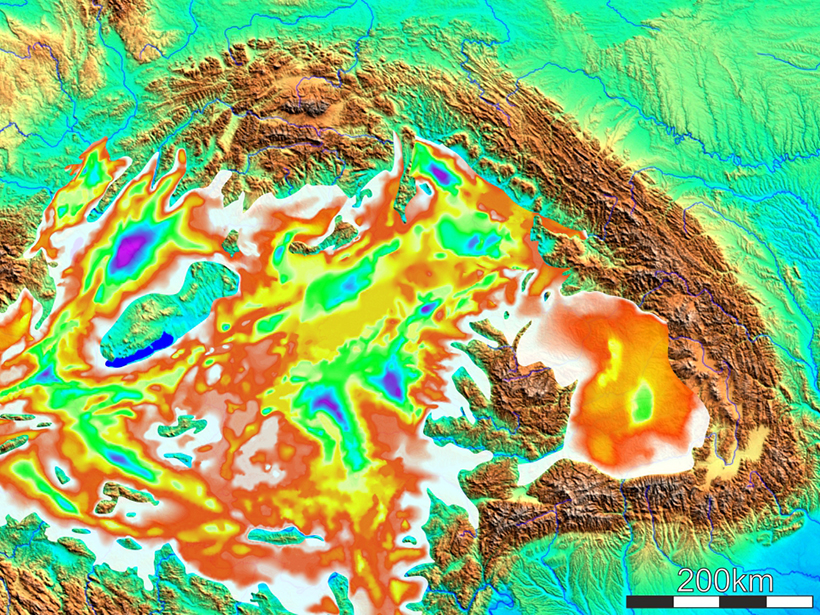A new model of the melting behavior of certain mantle rocks gives researchers a better understanding of the source of oceanic lavas.
Modeling
Climate Change May Reduce Future Corn Supply
A suite of simulations run with a spectrum of starting conditions shows that climate change will reduce corn crop yield, although the degree of reductions varies widely.
Incorporating 3-D Cloud Effects into Weather and Climate Models
Researchers explain how a new radiative scheme can be incorporated into global weather and climate models to better capture the effect of clouds on climate.
Collaboration to Enhance Coastal Resilience
Integrating models from the social and natural sciences could generate a more holistic approach to climate change response planning in coastal communities.
How Sea Surface Temperatures Affect an Atmospheric Phenomenon
New research sheds light on the complex interplay between the atmosphere and the ocean and how both affect the Madden-Julian Oscillation.
New Flood Model Offers National Streamflow Coverage
The model, released by the National Weather Service, will provide neighborhood-level flood forecasting.
Forecasting Space Weather Like Earth Weather
Researchers find that as with terrestrial weather, ensemble forecasting—which uses several different models simultaneously—is the best way to produce accurate and precise forecasts of space weather.
Headwater Streams May Export More Carbon Than Previously Thought
New research sheds light on the streams that carry carbon away from peatlands with the hope that the data will better inform climate models.
Unraveling the History of Central Europe's Pannonian Basin
A multidisciplinary model linking the sedimentary and tectonic histories of this structurally complex basin suggests that large amounts of extension occurred there between 20 and 9 million years ago.
Searching for Lightning's Signature on Venus
How energetic would lightning on Venus have to be to be detected by sensors? A new model sheds light.









